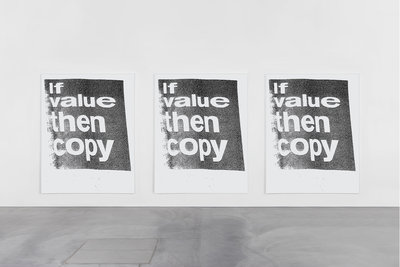

It can be done, but compromises must be made. Once you create a budget, you’ll see that it is difficult to afford more than one of these players.

I have only shown the 15 players going in Round 1 of NFBC 15-team drafts - so these are of course the most expensive players to buy. Here is an example of how the top of such a chart might look: 1B I recommend using information from the NFBC, which has excellent ADP in general, and as auctions start to populate the system (they have not started yet as of this writing), you will see how players are being viewed. I like to have the full list of players by position and expected cost on the computer or in hand, because it lets me see at a glance (as I cross out the players taken during the auction), which ones are left and the position of any of my target players. In fact, I like to create a chart of players based on average auction value, which shows the market price based on the prices they have attracted in previous auctions. Even though you have a good idea of your projections or which players you like, you need to cross-check this with the market. The second step is to evaluate the market. You need to do this work yourself, but we at FTN have you covered with lots of help to do so (Vlad Sedler’s Auction Values come out in mid-January). Which player is ready for improvement and which ones could fall – especially to find differences in the popular projections and ultimately the fantasy baseball marketplace? The goal is to stake out your targets and fades that would be different than the majority of fantasy managers. Just like preparation for a snake draft, of course the foundation is player evaluation. Sign up for an FTN subscription today! Step 1: Evaluate the Players


 0 kommentar(er)
0 kommentar(er)
